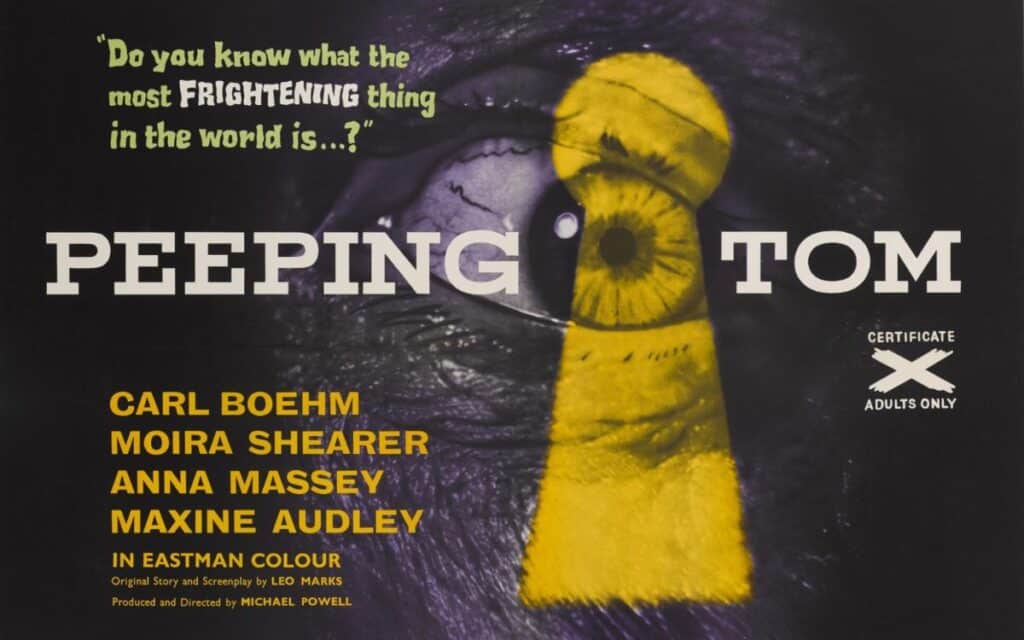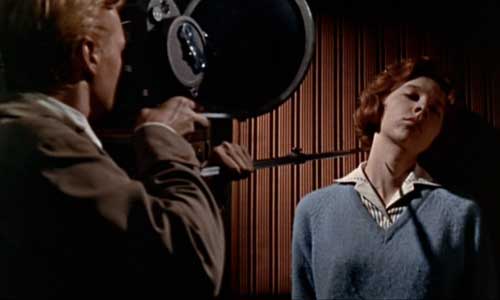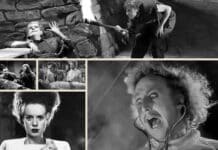Peeping Tom 1960 is a British film that continues to fascinate and disturb audiences, even 60 years after its release. Here are 10 things you didn’t know about the ground-breaking horror…

Peeping Tom’s graphic portrayal of voyeurism and violence led to controversy and outrage upon its initial release, essentially ending the career of its celebrated director, Michael Powell. Despite this tumultuous beginning, the film has since been re-evaluated and is now regarded as a seminal work in the psychological horror genre.
Read our review of Peeping Tom 1960
10 Peeping Tom 1960 Facts You Didn’t Know
- The film was pulled from theatres after just five days due to a wave of outrage from critics, and it effectively ruined the career of its director, Michael Powell.
- Alfred Hitchcock’s Psycho 1960 was released just a few months after Peeping Tom, and while it was also criticised, it went on to become a huge success, unlike Peeping Tom.
- The opening scene of the film uses the point of view (POV) of the killer, putting the audience in the position of seeing through Mark’s camera lens, which is meant to resemble the crosshairs of a rifle scope.
- Roger Ebert, a well-known film critic, theorised that Peeping Tom 1960 was controversial because it confronted audiences with their own enjoyment of voyeurism, which is also the driving force behind the actions of Mark, the film’s protagonist.
- Peeping Tom 1960 is not only about a murderous man surviving childhood abuse but also serves as a metaphor for the relationship between audiences and cinema, as demonstrated by a scene where Mark talks to a psychiatrist who knew his father. The film suggests that both Mark and the audience derive pleasure from voyeurism, or scopophilic fetishism.
- Despite its reputation, Michael Powell, the film’s director, didn’t see Peeping Tom as a horror film, but rather as a “film of compassion, of observation and of memory”.
- Peeping Tom was one of the first films to use the killer’s POV, a trend that became popular in the horror genre. However, the first film to actually use this technique was The Lodger 1944, directed by John Brahm.
- The first murder in the film, of a sex worker named Dora, was based on a woman that the writer Leo Marks knew while working in his father’s bookstore when he was young.
- Marks was also inspired by the Edgar Allan Poe story “The Gold-Bug“, which was Poe’s most well-known story during his lifetime.
- Carl Boehm, the German-Austrian actor who played Mark, felt a connection to the character because his own father was a famous conductor, Karl Böhm.








